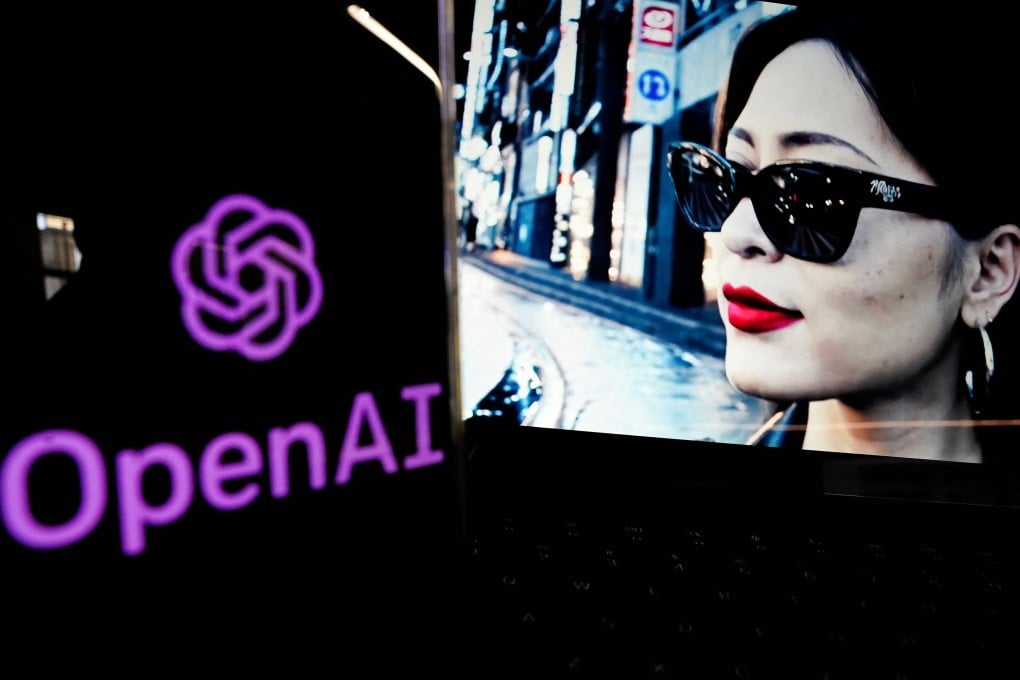Advertisement
Opinion | When Sora meets virtual reality, AI offers great rewards – and risks
- OpenAI’s groundbreaking Sora, which generates video from text prompts, could offer never-before immersive experiences when combined with virtual reality
- But safeguards are also needed as it could also boost deepfakes, deepen misinformation and erode societal trust
Reading Time:3 minutes
Why you can trust SCMP

OpenAI’s launch of Sora, a text-to-video generator, promises a new era of technological advancement. In particular, should Sora become integrated with virtual reality and the metaverse, it would have the potential to revolutionise industries from entertainment and education to marketing and communication.
Advertisement
It would be crucial, however, to also address the concerns and risks associated with this technology, particularly the potential for misinformation and deepfakes, as well as the ethical implications for privacy and consent.
Innovative possibilities lie ahead as we navigate the remarkable capabilities of Sora. Firstly, it can open the door to a world of customised virtual travel, letting people explore any destination from the comfort of home. Imagine being transported to landmarks like the Great Wall of China, seeing the hustle and bustle of cities like New York or Tokyo, or even exploring Mars.
Such immersive experiences could not only inspire wanderlust but also offer opportunities for cultural exchange and education. For instance, students can virtually visit museums, archaeological sites and other important cultural landmarks, enhancing their understanding and appreciation of different cultures and histories.
Secondly, a sort of time travel could become possible with Sora. Through videos generated by artificial intelligence and virtual reality, history could be recreated for people to experience as if they were there. Imagine being in the room at the signing of the US Declaration of Independence in 1776, standing on the steps of the Lincoln Memorial as Martin Luther King Jnr delivered his “I Have a Dream” speech in 1963 or having a ringside seat to Neil Armstrong’s moon landing in 1969. Such experiences can bring history to life.
Advertisement
Or Sora could take us into the future, offering glimpses of what the world might look like in, say, 2050. We could explore futuristic cities, interact with AI-powered characters and envision possibilities once confined to the realms of science fiction.

Advertisement


